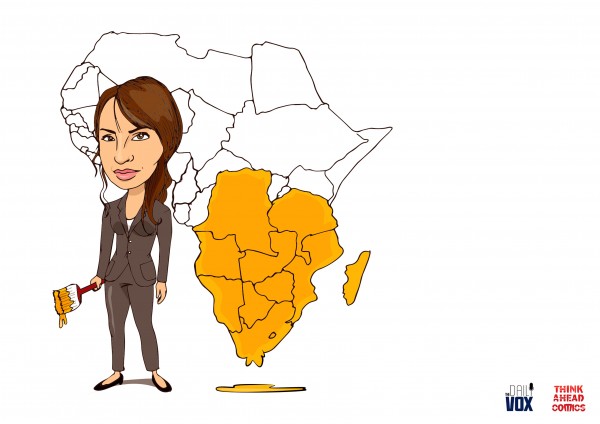Each week award winning journalist KRISTEN VAN SCHIE brings you all the news that’s worth knowing from across the SADC region. Here is this week’s SADC wrap.
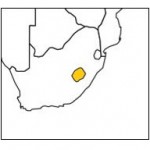
It’s been over a week since an apparent coup attempt woke the world up to the existence of Lesotho, and by now the headlines have died well down. But they shouldn’t have.
Since then, the fired military chief Tlali Kamoli – fingered as the man behind those early Saturday morning gunshots when the Lesotho Defence Force surrounded police headquarters in Maseru and sent Prime Minister Thomas Thabane scuttling across the border into South Africa – well, he’s seized a loot of weapons and made off into the mountains.
His replacement and the new army boss Lieutenant General Maaparankoe Mahao is now saying the only option is “military action†against Kamoli.
How they plan on doing that, I’m not too sure because apart from depleting the country’s armouries, Kamoli also reportedly has control over “Lesotho’s elite special forces unit of around 40 highly-trained troops, as well as the military’s intelligence divisionâ€.
Basotho fear #Lesotho civil war after shocking revelation ousted Kamoli seized arms, is hiding at Setibing base, refusing to talk
— Nthakoana Ngatane (@nthakoana) September 6, 2014
I am told renegade #Lesotho general has anti-aircraft guns, mortars, small arms. Cabinet member says general “preparing for war tonight”
— Andrew Beatty (@AndrewBeatty) September 5, 2014
#LesothoCoup: Kamoli absconded last night after refusing to meet with prime minister, SADC team and SA army and SAPS generals — Stephan Hofstatter (@Hofstatters) September 5, 2014
Meanwhile, an agreement reached earlier in the week for Thabane to reinstate the Parliament he suspended in June is already in jeopardy. Instead, Thabane’s now gone and told the AFP, “The situation in the country is not stable, how do we re-open parliament under these conditions?†Never mind that his suspending Parliament is what precipitated the crisis in the first place. Not that anybody should be too surprised. SADC got Thabane to agree to open Parliament two months ago, and he never followed through on it then, either. Nor does it deal with a general gone rogue. As this Lesotho Times editorial notes: “The lame SADC brokered agreement … does not resolve the core of the crisis here. We have any army commander who has mobilised the army to fight if he is fired. We have an army commander who has no respect for the rule of law as evidenced by many of his recent actions, not least his refusal to hand over suspects implicated in the attempted murders of innocent people. We have an army commander prepared to kill anyone who disagrees with him … The appropriate way for SADC to deal with the crisis here would have been to at least authorise a peacekeeping force to, among other things, facilitate the return of police officers to their stations and ensure they resume operations, to guarantee the security of all those vulnerable to Lt General Kamoli, and to protect ordinary citizens should he unleash his army for yet another round of bloodshed.†This 702 podcast gives a great update on the situation from the AFP’s Andrew Beatty:
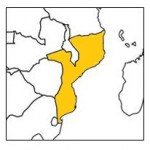
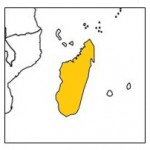
Millions of locust swarm like “plagues of Egypt” on Madagascar’s capital – WATCH: http://t.co/TY5jOoPg07 pic.twitter.com/cbvqUERZSr
— ABC News (@ABC) August 29, 2014
Locust plague descends on Madagascar capital… and becomes dinner for some http://t.co/VTYVOQ589h pic.twitter.com/E8IWBk1s7z — The Straits Times (@STcom) August 28, 2014
a huge locust plague of biblical proportions #Madagascar covering area size of France..capital city now deluged pic.twitter.com/TRinkG7ctY — n patel (@npuk1) September 3, 2014
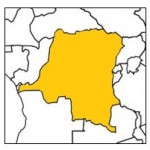
The DRC’s death toll from Ebola has risen to 31 since it surfaced last month. The outbreak is separate to that currently spreading across West Africa and is reportedly a routine occurrence for the country – this is Ebola Outbreak #7, by the government’s count. In an interview with AFP, the World Health Organisation said there were 53 more suspected cases, while nearly 200 people are under medical watch after coming into contact with the infected. For now, the disease appears to be contained in a isolated part of the country called Boende, a good 800km away from the capital of Kinshasa, good for keeping all in check – but a mission for health workers attempting to provide care.
“Boende is so isolated that the risk that the highly contagious disease will spread is low, unlike the situation in west Africa, where a raging epidemic has claimed more than 1,500 lives this year, according to the WHO,†wrote the AFP in another report. “Yet Boende’s very location in the heart of dense equatorial forest is an obstacle to health workers who need swiftly to quarantine fever victims showing early symptoms like blinding headaches, muscle pain, vomiting and diarrhoea.â€
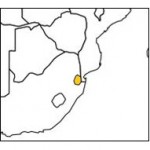
Swaziland’s King Mswati III has married his fourteenth wife. Queen LaFogiyane was chosen by Africa’s last absolute monarch at last year’s annual reed dance – which was on again last week (one line from this International Business Times piece about the festival was gobsmackingly archaic: “According to reports, the women were topless and wore nothing more than beaded belts, which covered only their private parts while fully exposing their buttocks.â€)
Boobs and butts fascination aside, more interesting is what South Africa’s own Zulu king Goodwill Zwelethini said while in Swaziland last week.
According to IOL, Zwelethini “spoke strongly in support of Mswati’s absolute monarchy and condemned South Africa’s labour union activities.â€
“In a speech broadcast live on the country’s only TV station, which is run by the government, Zwelithini warned that Swazis would destroy their country if they followed South Africa’s example: ‘Do not burn your country, because investors will run away if you do so. Strike actions do not bring money into a household. Strikes bring hunger and suffering. I have seen this happening in my country.’â€
Ja, bro. It’s tough living in a constitutional democracy bound by human rights, eh?
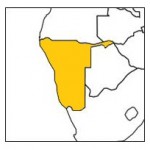
And a 78-carat diamond has gone missing in Namibia after a mining strike in August. The Namibia Diamond Trading Co has reportedly opened a case with the police, but that feels like small comfort. According to Bloomberg, the value of the diamond depends on its quality and size but that another 78-carat diamond from Canada sold for a chill $6 million in 2011. Ouch.


